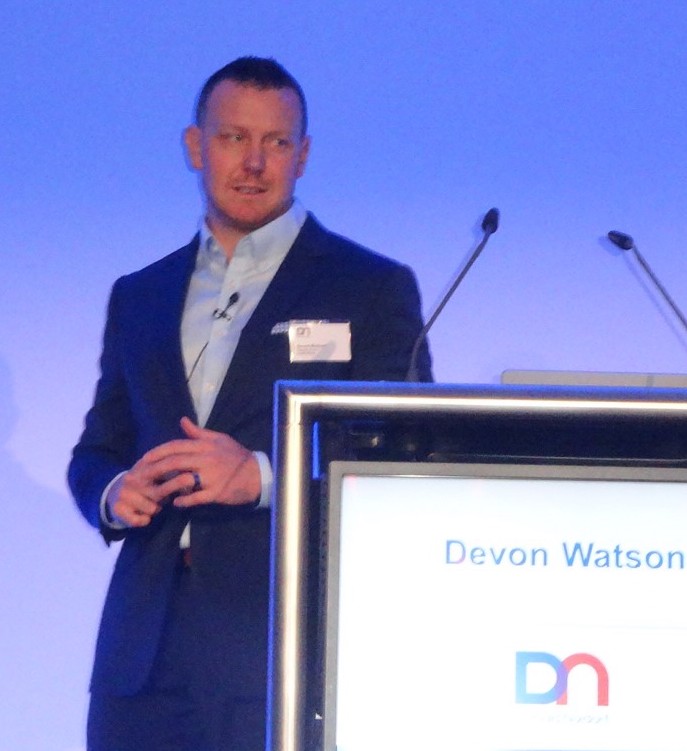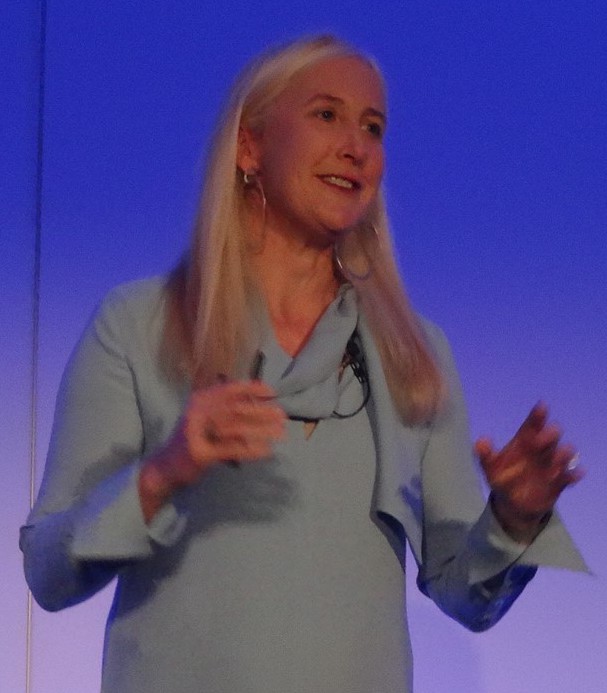


The Diebold Nixdorf International Management Seminar encouraged attendees to focus on their customers' "connected commerce" journey, an experience that includes multiple ecosystems.

As self-service technology evolves, service providers have to determine how to use new solutions to address changing consumer buying habits, rising competition and shifting costs.
For companies that are in the process of tackling these strategic decisions, conferences that provide not only expert insights, but also opportunities for peer exchanges, can offer an important tool.
Case in point was the Diebold Nixdorf International Management Seminar in Lisbon, Portugal, last week, attended by 120 decision-makers from 36 countries.
While the conference focused on banking industry strategies, the insights gleaned during the three-day event apply to all industries that can benefit from self-service technology.
One goals of the conference, themed "Revitalize Retail Banking Agility and Embrace the Larger Ecosystem," was to encourage attendees to focus on their customers' "connected commerce" journey, an experience that can include multiple ecosystems.
Devon Watson, chief marketing officer at Diebold Nixdorf, urged attendees to pay attention to how consumers interact with technology throughout their daily lives, rather than merely in terms of the way they conduct their banking.
 |
| Devon Watson welcomes attendees. |
Examples of other ecosystems that consumers interact with include real estate, leasing, mortgages, insurance, kitchen appliances and ride sharing.
Banks can partner with these ecosystems using APIs, Watson said. Doing so can help to keep a bank in front of its customers even as they interact with these ecosystems.
"We shouldn't let that moment go by without adding something to it," Watson said. The maxim applies to all service industries.
Watson noted that Amazon, which has used interactive technology to disrupt numerous industries, has extended its presence to consumers' living rooms and kitchens.
"They follow the consumer wherever they go," he said.
The conference offered a wealth of examples of how companies are extending their presence in customers' interactive commerce.
 |
| Pouria Tehrani, left, of Scotiabank responds to a question from seminar moderator Martin Kloss. |
One of the most memorable use cases explored during the conference was the Banco BPI mobile branch, a truck with a self-service teller machine that allows the company to respond quickly to changing customer needsf.
The project offers an excellent example of how a company can take initiative to influence the "connected" customer's journey.
The convergence of self-service with mobile service delivery that Banco BPI has embraced certainly lends itself to services beyond the banking industry. In the U.S., the concept has already been adopted by progressive food truck operators as a way to enhance their limited service window.
The phased manner in which Banco BPI has deployed its mobile branch speaks to the importance of testing new strategies, a theme echoed by several conference presenters. As more digital capabilities become available, testing is needed to ensure consumers will be able to embrace them, and will choose to do so.
 |
| Julie Ask of Forrester U.S. cites the "cognitive load" of digital experiences. |
Pouria Tehrani, director of physical distribution strategy at Scotiabank, noted that customers have not embraced digital video screens in banks, and that acceptance of "learning lounges" — which several companies have introduced — has not been universal.
And while acceptance of self-service solutions is increasing, Tehrani said that there is still a need for human interaction, even in the most technology-savvy markets.
Achieving the right balance between unattended and attended commerce requires careful analysis.
Nor can strategies be designed based on assumptions about customer preferences, such as a widespread belief that millennials are more accepting of self-service solutions, Tehrani said.
Julie Ask, vice president and principal analyst at Forrester U.S., shed further light on the importance of testing new concepts, pointing out there is currently too much "cognitive load" for consumers using digital experiences.
The customer journey has clearly evolved to include a wealth of both online and offline touch points that include self-service options. But when assessing specific technology solutions, companies have to consider the full ecosystem the customer is exposed to.
In embracing a strategy to engage the connected customer, companies need to know the customers' needs, assess new technologies, test the strategy and measure results.
Conferences such as the International Management Seminar help clarify the critical factors in making such strategic technology considerations.
Elliot Maras is the editor of Kiosk Marketplace and Vending Times. He brings three decades covering unattended retail and commercial foodservice.
Sign up now for the ATM Marketplace newsletter and get the top stories delivered straight to your inbox.
Privacy PolicySeptember 9-11, 2024 | Charlotte, NC